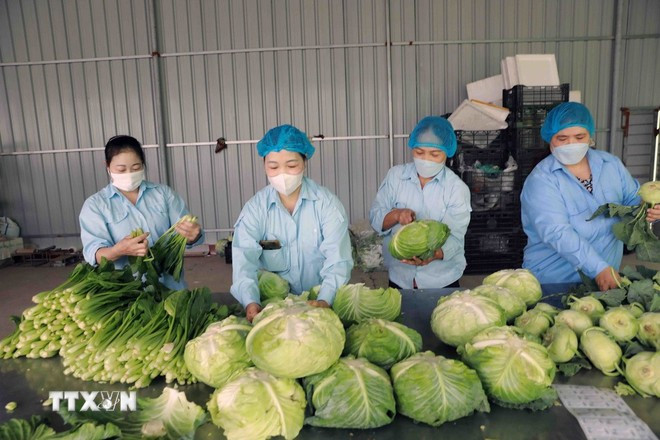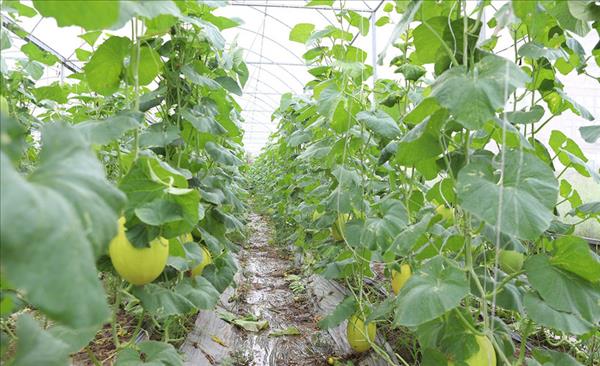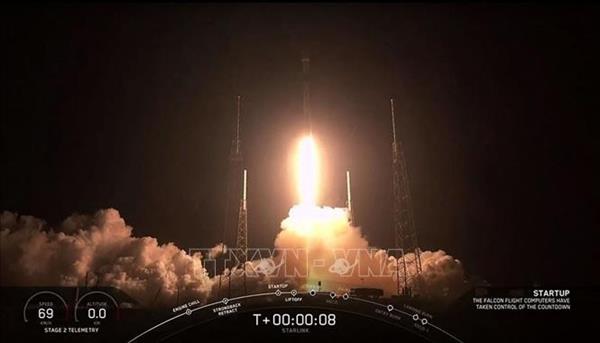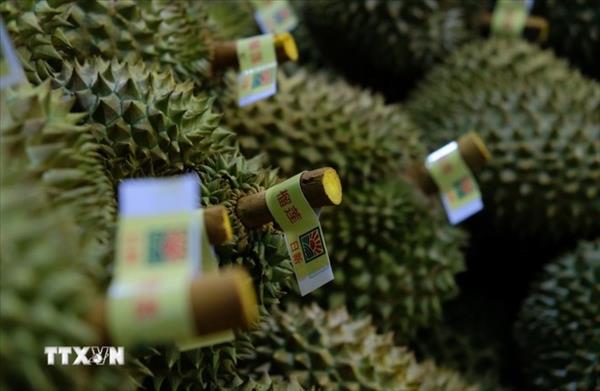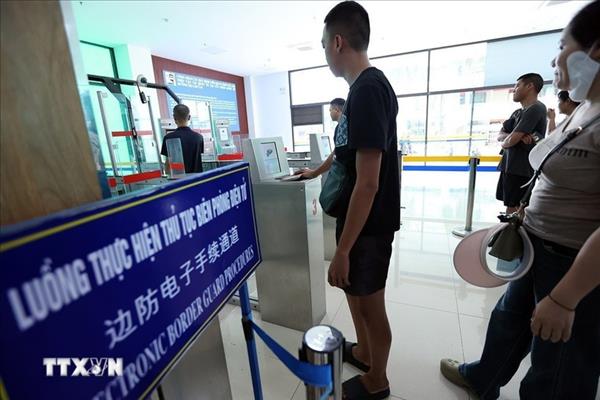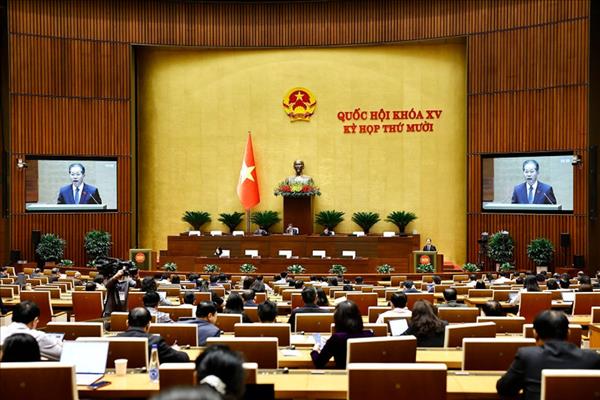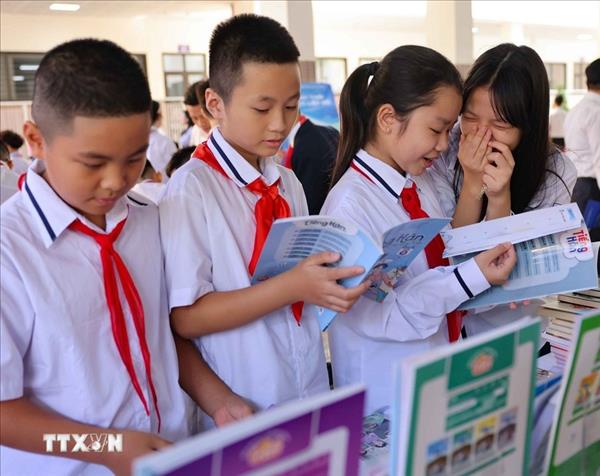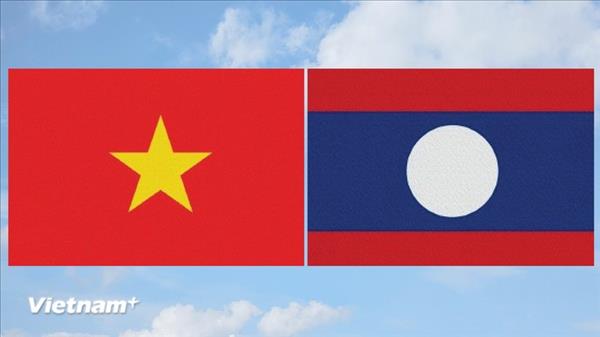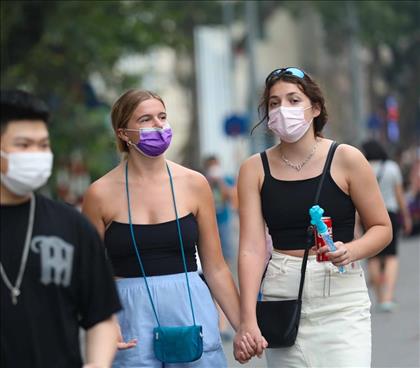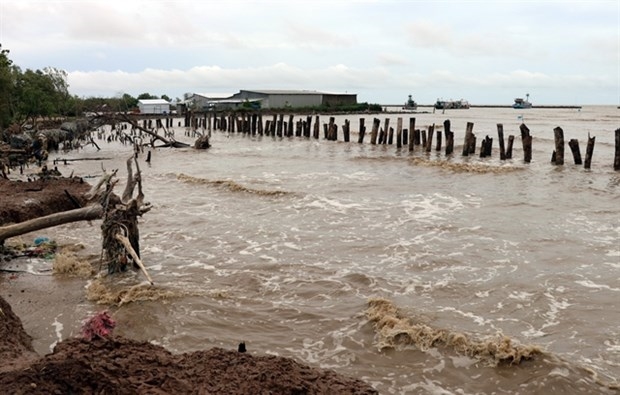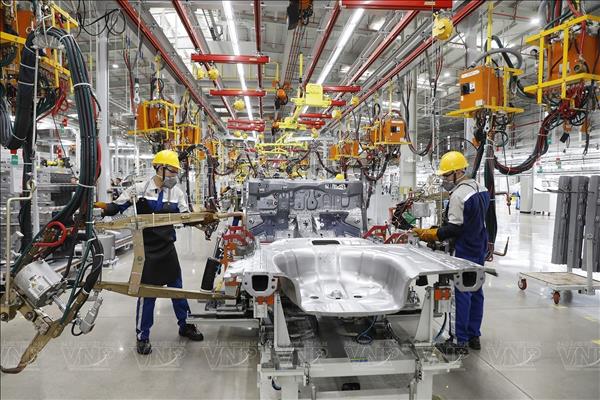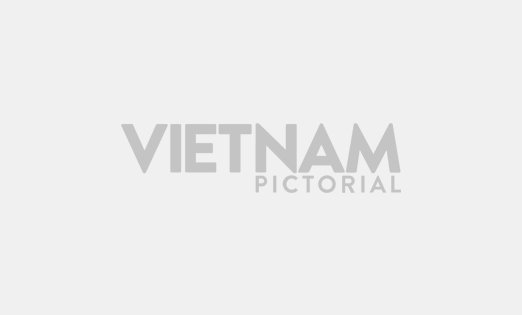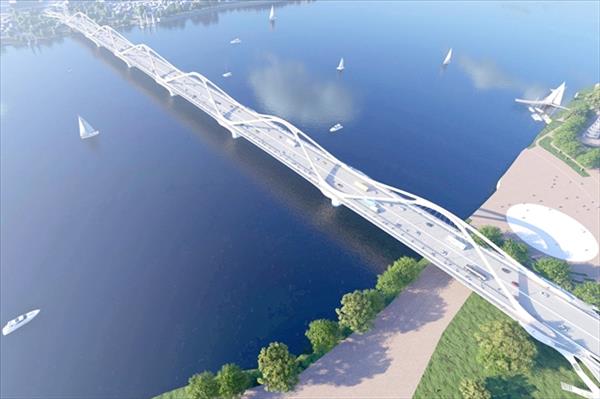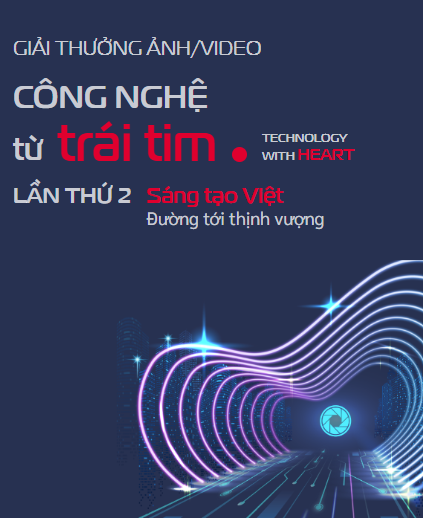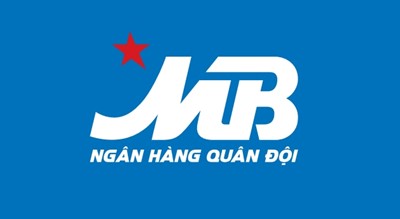In recent times, Hanoi has been promoting the application of digital technology in agriculture by adopting artificial intelligence (AI), blockchain technology, remote sensing, and eGAP solutions to manage and trace the origins of crops, livestock, aquatic products, and supply chains.
The city has also supported farmers in bringing agricultural products onto e-commerce platforms, helping to ensure transparency in product origins and promote the rural digital economy.
Farmers take control of production
The Chuc Son Clean Fruit and Vegetable Cooperative in Chuong My ward is one of the pioneers in applying digital technology to safe agricultural production. Covering nearly 18 hectares, including 12.8 hectares meeting VietGAP standards and 5 hectares meeting GlobalGAP standards, the cooperative has become a model for technology-driven, sustainable farming.
Director of the cooperative Hoang Van Tham said that the cooperative has invested in a greenhouse system, automatic drip irrigation, and an iMentos 3.3AG weather monitoring station, enabling farmers to proactively respond to climate change. Data on humidity, temperature, rainfall, and wind are updated in real time, helping optimise cultivation, irrigation, and fertilisation schedules.
In particular, the FACEFARM software is integrated to manage the entire production process. Each vegetable bed is attached with a QR code for traceability, ensuring transparency and meeting strict standards of consumers. The processing and packaging stages follow HACCP standards to ensure food safety and hygiene.
Thanks to the application of digital technology, the cooperative can effectively monitor product quality and supply about 3 tonnes of vegetables per day to supermarkets, convenience stores, and collective kitchens, generating annual revenue of 10–13 billion VND (380,000 – 493,000 USD).
At Me Linh F-Farm - a pioneer in applying digital technology to orchid cultivation, farm owner Nguyen Thi Thuy shared that the farm operates a closed orchid care system using Israel’s Industry 4.0 technology. This includes greenhouses and net houses with tightly controlled environments, automated irrigation, propagation, and lighting adjustment systems, all aimed at improving flower quality, saving labour, and optimising production processes.
The automatic drip irrigation system, temperature–humidity sensors, and continuous cooling and ventilation systems help maintain ideal conditions for more than 50,000 orchid plants. As a result, the orchids grow steadily, especially during the summer. The use of modern technology has helped the farm minimise weather impacts and enhance production efficiency.
According to the Hanoi Department of Agriculture and Environment, implementing Programme No. 07-CTr/TU dated March 17, 2021 of the municipal Party Committee on promoting the development of science, technology, and innovation in the capital city for the 2021–2025 period, Hanoi now has 406 high-tech agricultural production models, including 262 in crop cultivation, 119 in animal husbandry, and 25 in aquaculture.
Applying AI in agricultural production
Although initial results have been positive, the application of digital technology in agricultural production remains limited. The main reasons include small-scale and fragmented farming practices; the high capital required for high-tech and Industry 4.0 agriculture; limited financial resources among farmers and investors; and insufficiently strong and consistent policies from central and municipal authorities. As a result, investment activities remain scattered and only cover certain stages of the agricultural value chain on a small scale.
To address these challenges, Hanoi is focusing on accelerating the application of digital technology in agriculture through the implementation of Plan No. 73/KH-UBND dated March 12, 2025, issued by the municipal People’s Committee, on developing high-tech agriculture through 2030. The plan aims to modernise production, improve efficiency, and move toward sustainable agriculture by promoting digital transformation and the application of technologies such as AI and IoT.
Deputy Director of the municipal Department of Agriculture and Environment Ta Van Tuong stated that in the coming time, it will continue to coordinate with relevant departments, sectors, and local authorities to support cooperatives and enterprises in applying digital technology to agricultural production. This includes digitising safe production processes, building transparent and efficient management systems, and establishing an automatic monitoring network to track, forecast, and adjust agricultural production in accordance with environmental and climatic conditions.
Hanoi will also promote the development of a large database on crops, livestock, and aquatic products to serve planning and guide the development of large-scale, safe, and circular production zones, thereby creating added value for the capital’s agricultural products and promoting a modern agricultural economy based on circular, green, and smart growth models, he added./.

